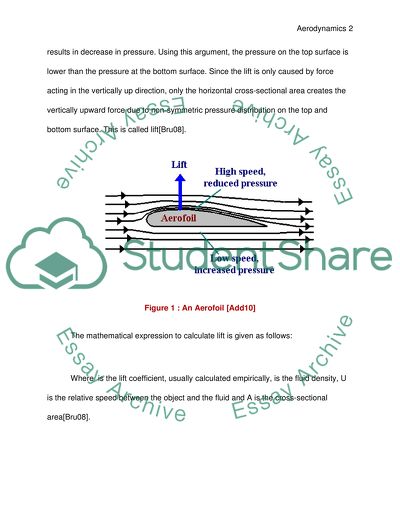Cite this document
(“Aerodynamics and propulsion Research Paper Example | Topics and Well Written Essays - 1250 words”, n.d.)
Retrieved from https://studentshare.org/physics/1406711-aerodynamics-and-propulsion
Retrieved from https://studentshare.org/physics/1406711-aerodynamics-and-propulsion
(Aerodynamics and Propulsion Research Paper Example | Topics and Well Written Essays - 1250 Words)
https://studentshare.org/physics/1406711-aerodynamics-and-propulsion.
https://studentshare.org/physics/1406711-aerodynamics-and-propulsion.
“Aerodynamics and Propulsion Research Paper Example | Topics and Well Written Essays - 1250 Words”, n.d. https://studentshare.org/physics/1406711-aerodynamics-and-propulsion.


